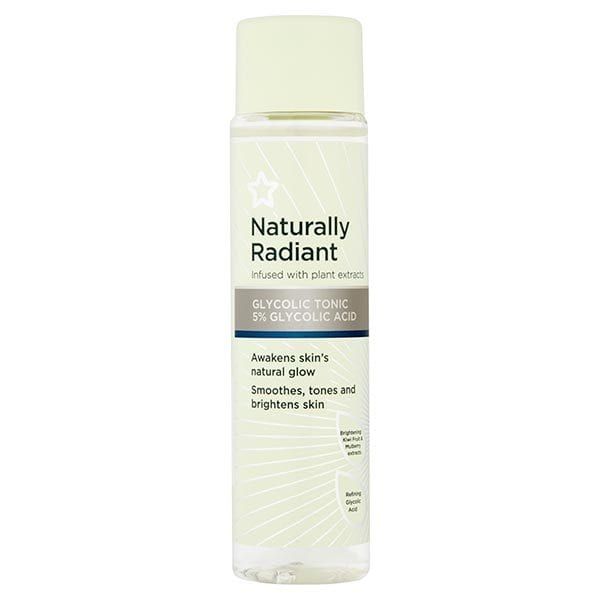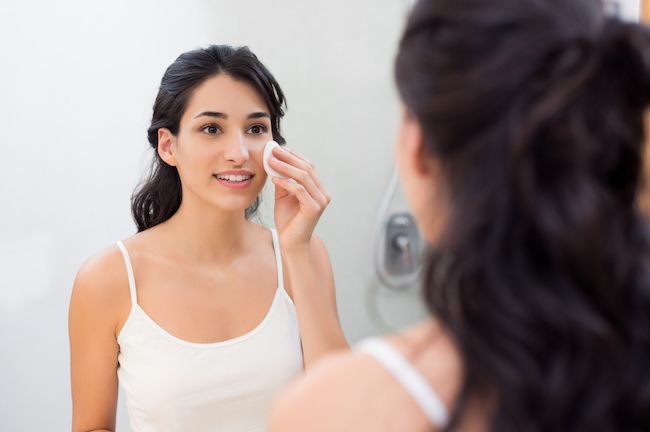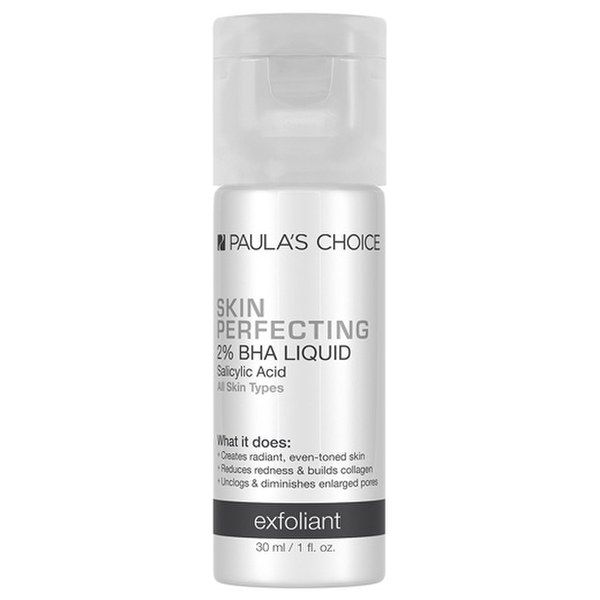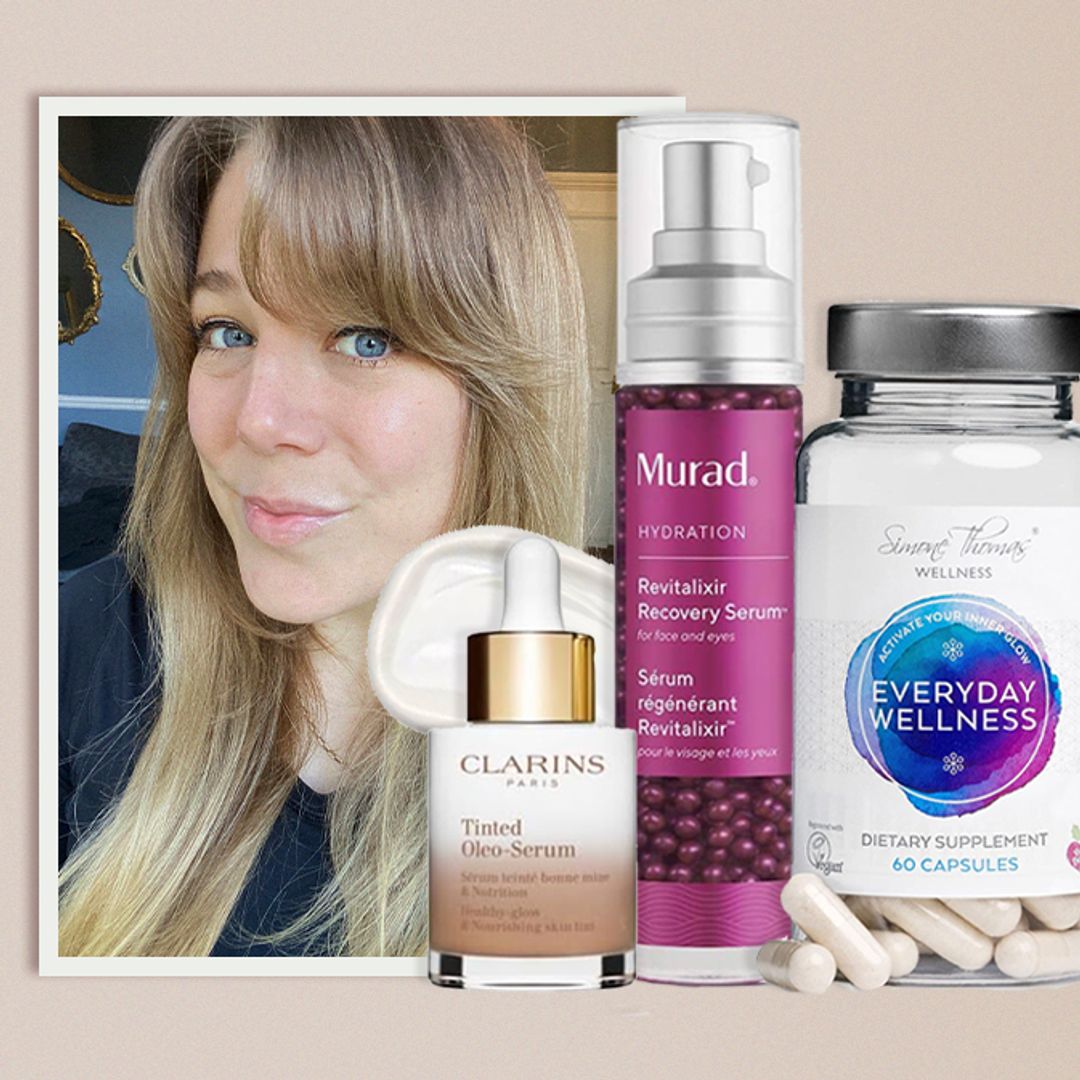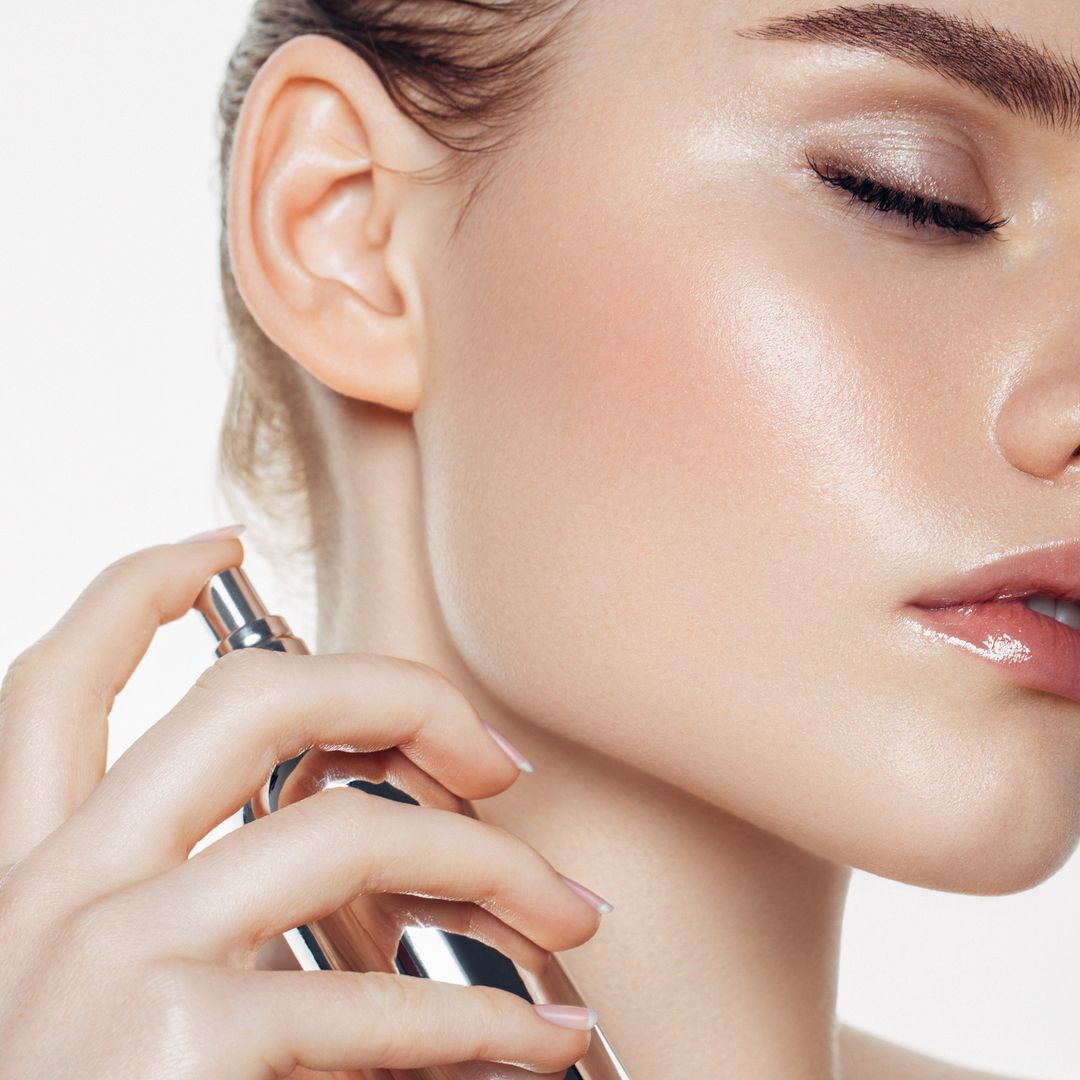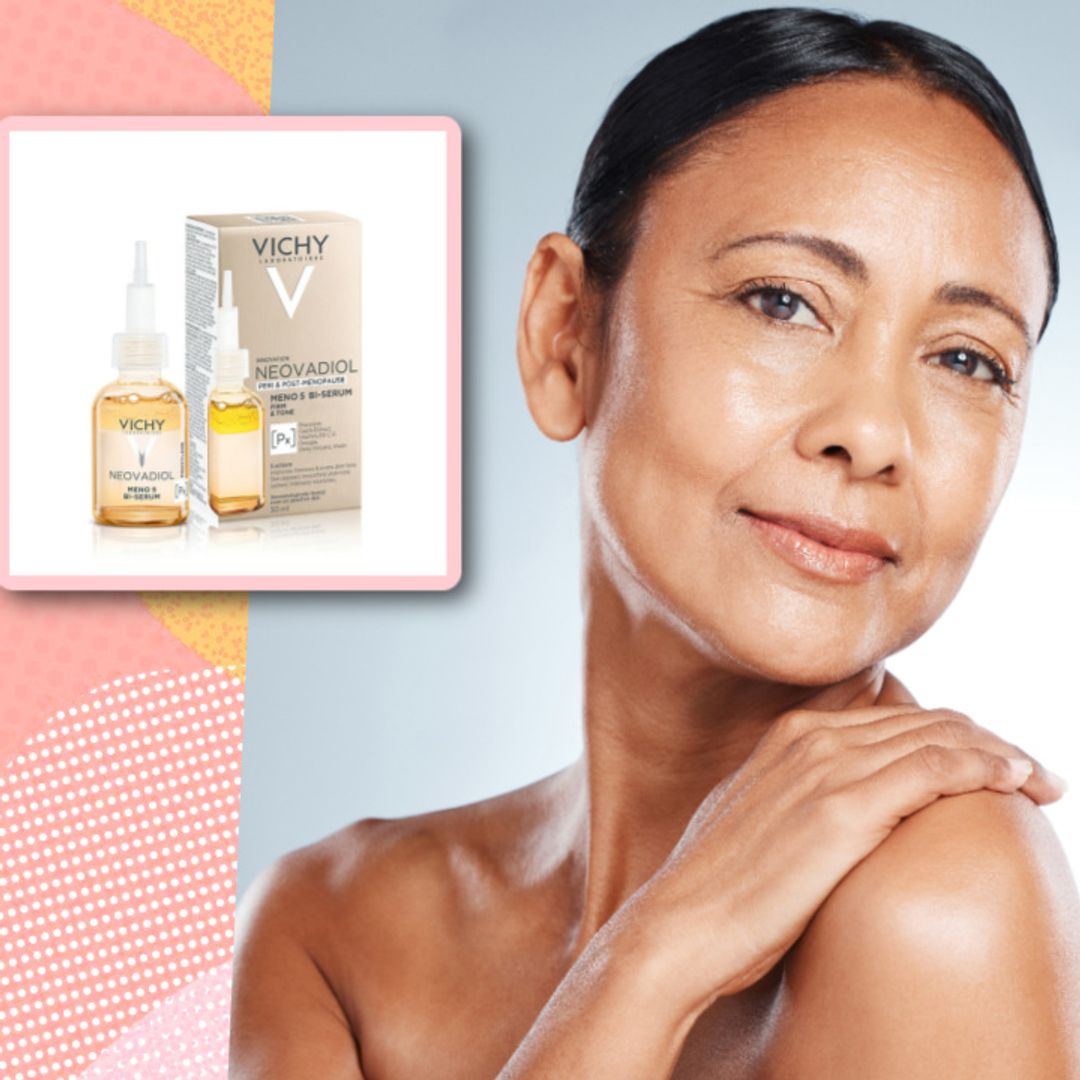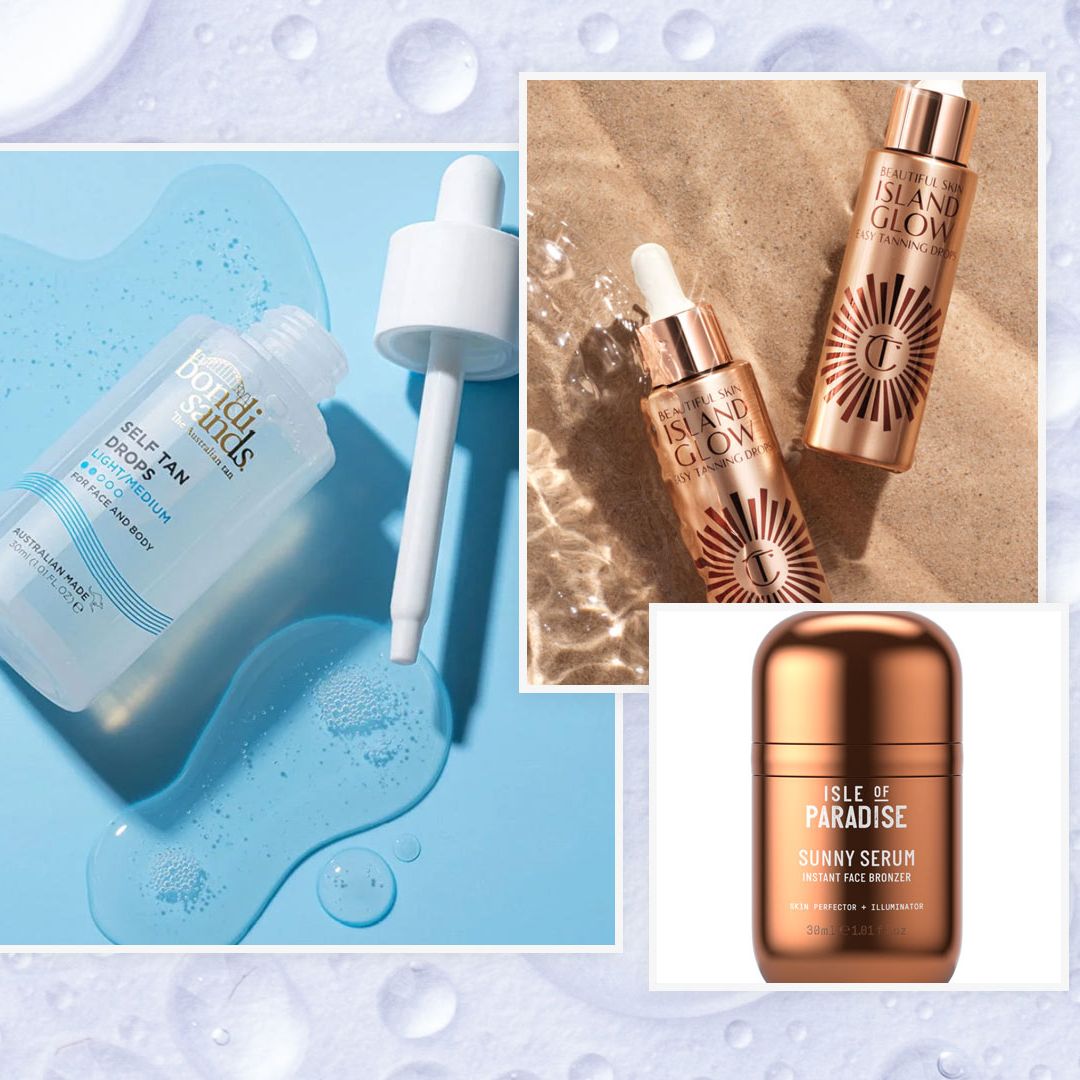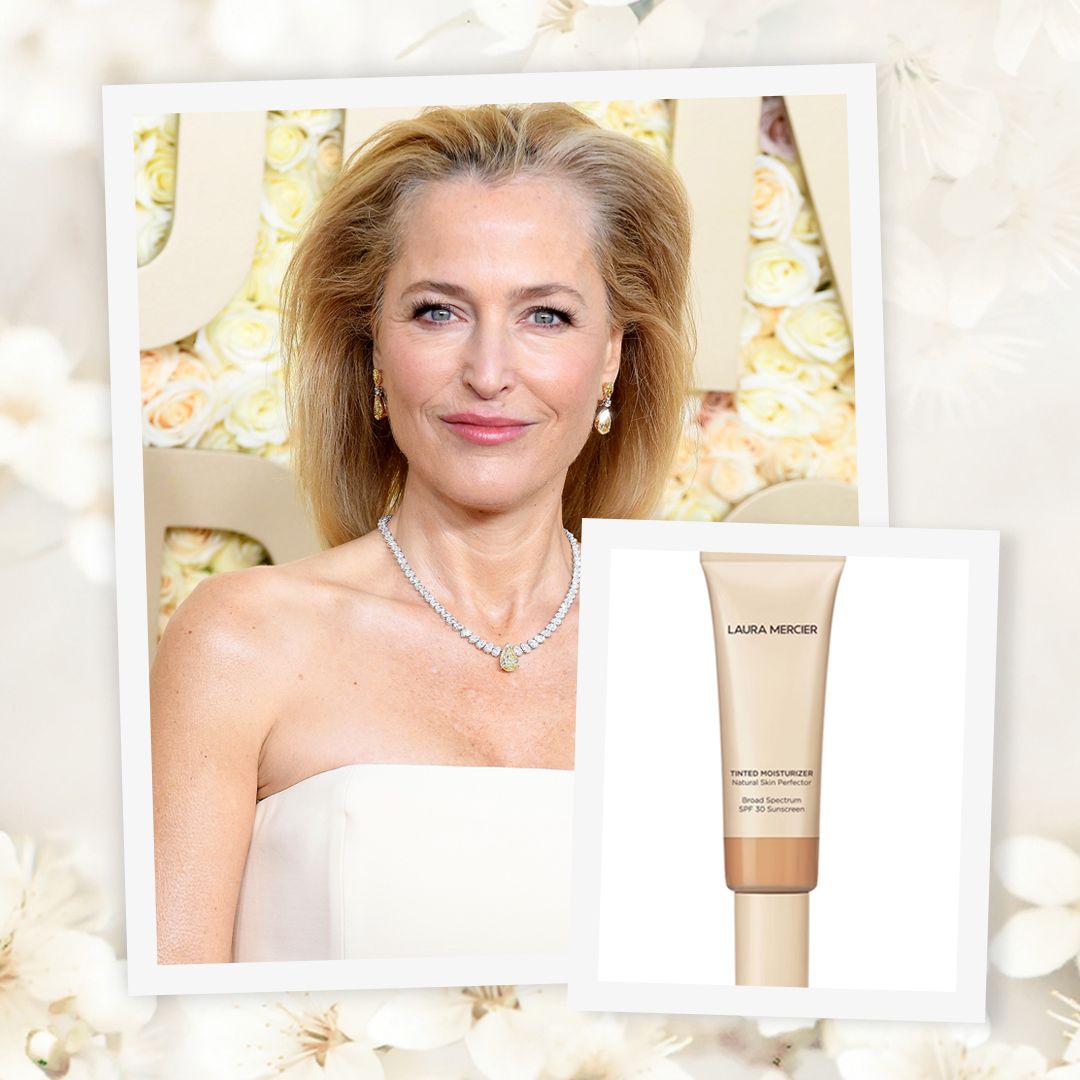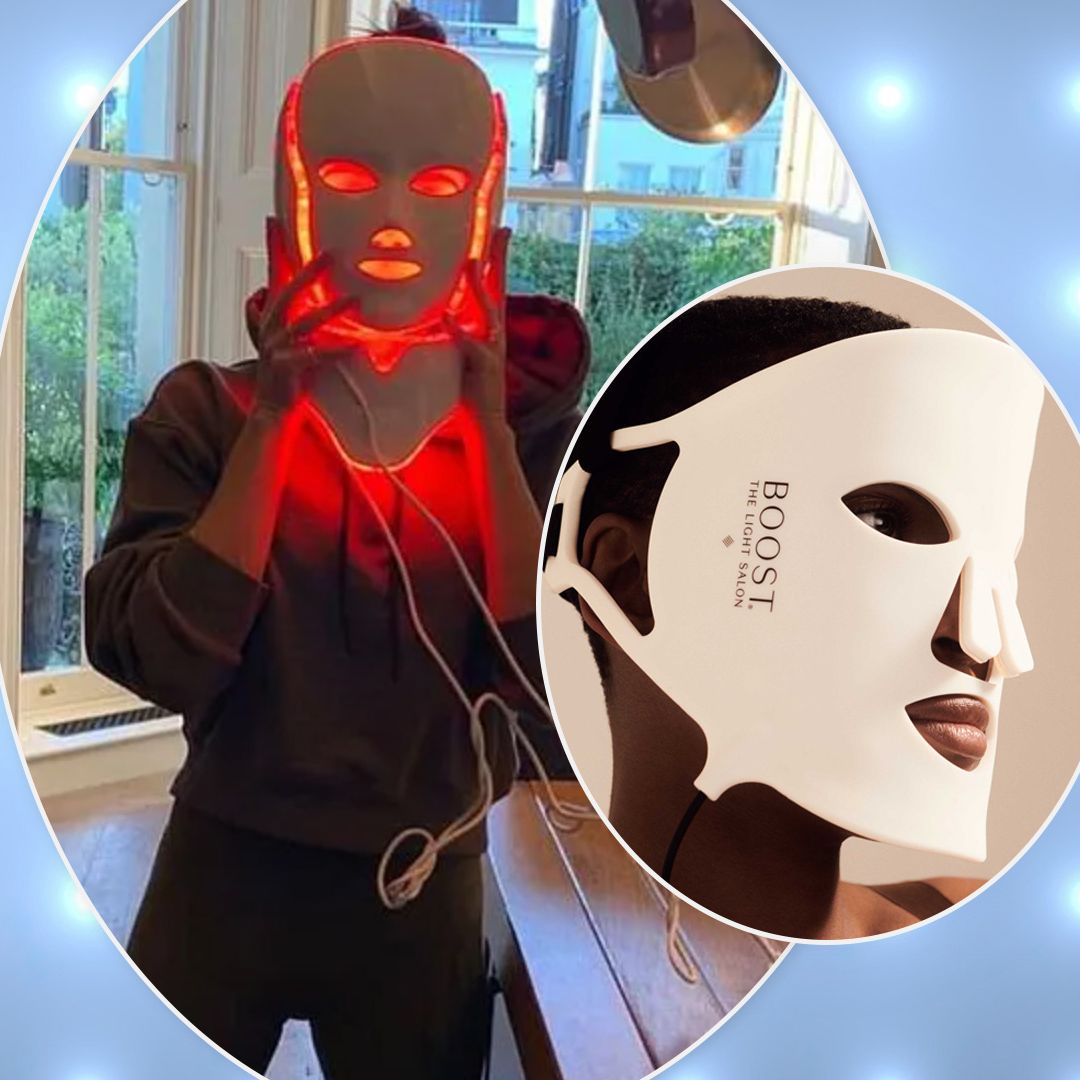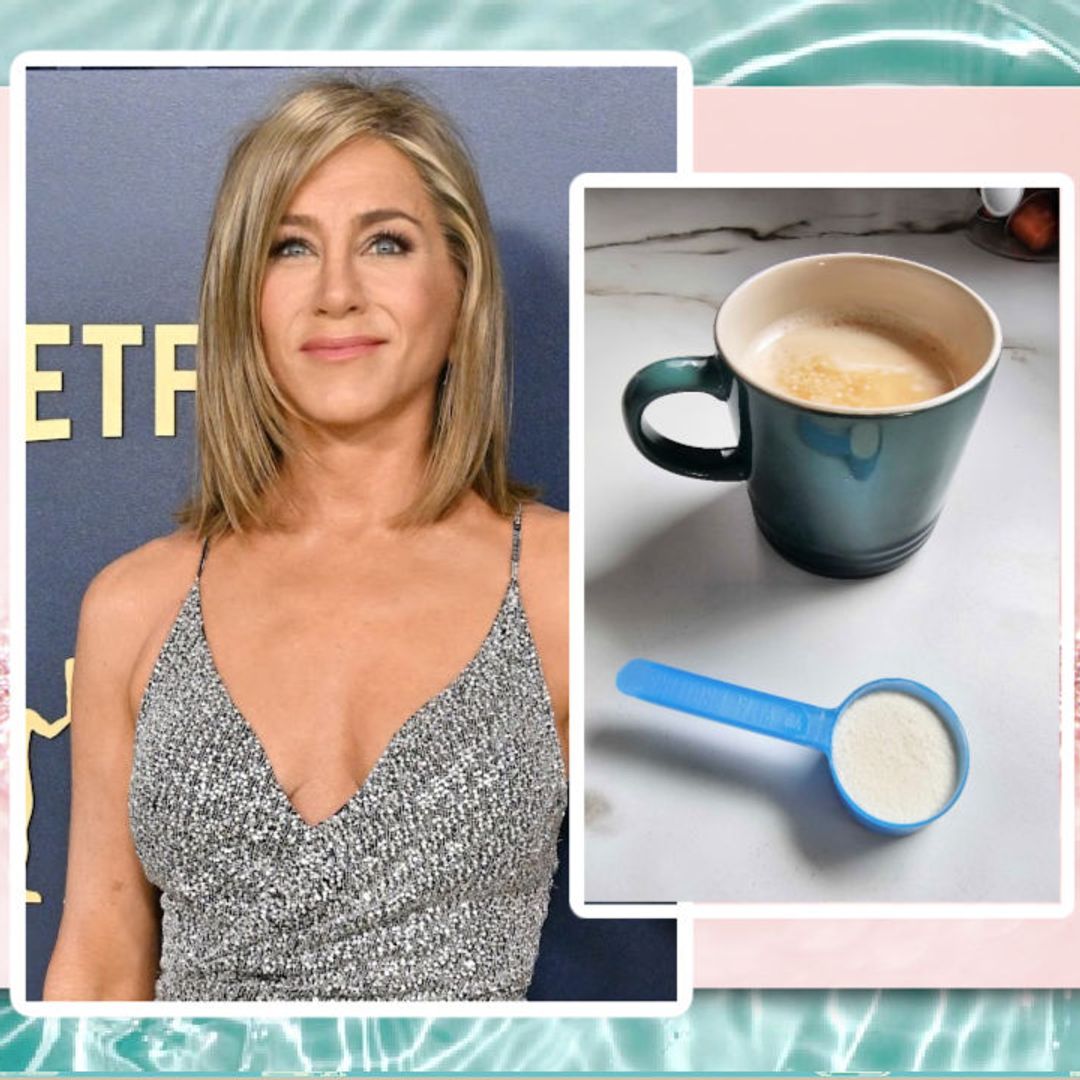For a long time, an exfoliator to the everyday beauty consumer meant nothing more than a grainy scrub - massaged into the skin to physically remove any dead skin cells and leave the surface smooth. But the industry's once well-kept secret weapon, chemical exfoliants, has officially reached the mass market, with countless brands adding glow-giving solutions to their line-ups. But what are chemical exfoliants?
Superdrug's Naturally Radiant Glycolic Acid Toner is a great example of a chemical exfoliant
The two most prominent types are referred to as 'AHAs' and 'BHAs', or alpha hydroxy and beta hydroxy acids. Though they can both be used to exfoliate the skin, they are used in different ways and for different skin concerns - so we chatted to Swedish dermatologist Dr Anne Wetter, co-founder of DNA skincare brand Allél, to find out more.
READ MORE: Saving my skin: a dermatologist's take on eczema causes, treatment and skincare routines
What are AHAs and BHAs?
“There are other chemical exfoliators, though AHAs and BHAs are the most common," says Dr Wetter. "Alpha hydroxy acid, AHA, and beta hydroxy acid, BHA, are closely related and naturally-derived. Both acids rejuvenate the skin by shedding off dead skin cells. However, there are some differences between the two."
Chemical exfoliants come in liquid form, rather than a grainy scrub
AHAs
"Alpha hydroxy acids are naturally derived from fruits, milk and sugars. Some of the most known AHAs are lactic acid from milk; glycolic acid from sugar cane, and malic acid from pears and apples. These are water soluble, working on the skin's surface, so preferable to undamaged, dry skin. AHAs help with cell renewal, reduce superficial lines and work on mild hyperpigmentation."
MORE: Skincare ingredients explained: what are retinoids?
BHAs
"Beta hydroxy acid, or BHA, is derived from willow bark. Salicylic acid is the most commonly known - it's oil soluble and therefore able to penetrate deeper into the skin to dissolve sebum and remove dead skin cells within the pores. BHA also has anti-inflammatory properties, making it popular for use on oily, blemish-prone skin."
Paula's Choice Skin Perfecting 2% BHA Liquid Exfoliant is a great option for spot-prone skin
How do I use them?
Dr Wetter suggests tailoring your acids, opting for AHAs to target fine lines or dryness, or BHAs to tackle congestion or breakouts. For multiple skin concerns, you can even use both. "AHAs and BHAs can be used together," she says. "I recommend to use one of them in the morning and the other in the evening or do a schedule every second day. Or, someone with combination skin could use BHA over the T-zone to target clogged pores and oily skin, and AHA on any dry parts of the face."
Most importantly, finish with a good sun protection product. "Remember, the use of acids thins the epidermis and can increase the sensitivity of the skin," says Dr Wetter. "So the final step in using AHAs or BHAs is always to apply a good SPF of at least 30.”
WATCH BELOW: Hollywood's top dermatologist Dr Dennis Gross gives his top tips for A-list skin

